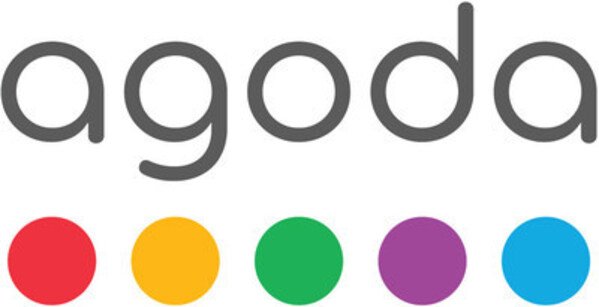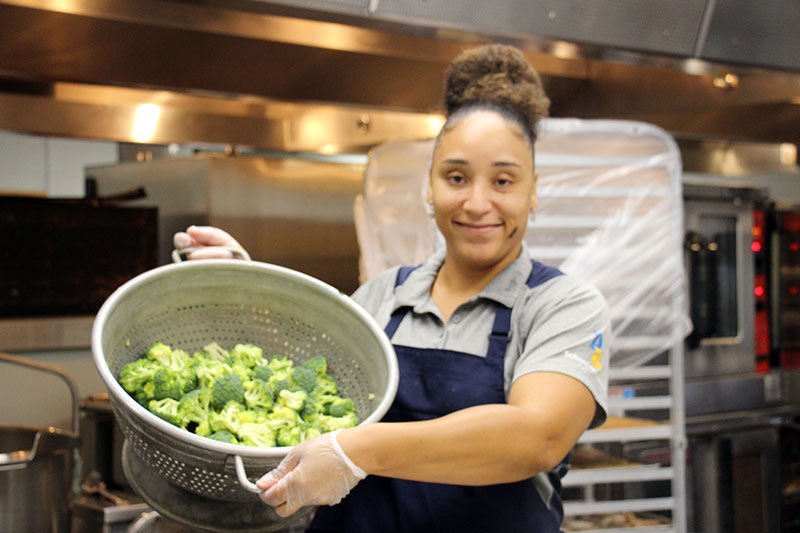Equal parts healthy breakfast bowl and vibrant dessert, the acai bowl can be customised to suit almost any palate.

You have reached your maximum number of saved items.
Remove items from your saved list to add more.
Save this article for later
Add articles to your saved list and come back to them anytime.
It’s taken more than a decade for acai (ah-sigh-ee) smoothie bowls to be considered a fixture in Australian cafes. But from health-conscious superfood-fad beginnings, they’ve outlasted the hype, responding chameleon-like to changing trends. With something for everyone – from gym bros to TikTok dessert hunters – acai bowls have earned their place on menus from Bondi to Parramatta, and St Kilda to Werribee.

What are they – and why have they hung around?
Hailing from the Amazon floodplains of northern Brazil and popular as a street food, acai berries have been part of local diets for generations, served both sweet and savoury, and are prized for their high levels of antioxidants. The grape-like palm drupe fruits have a dark purple skin, a thin layer of yellow pulp and an earthy flavour. They require soaking to remove the inner pip and were popularised as a health food in the 1980s, when Brazilian jiu-jitsu master Carlos Gracie included them in his training diet for athletes. Their popularity spread to Hawaii and California in the US before landing in Australia in the early 2010s.
While the fresh berries aren’t common in Australia, they are readily available either as frozen pulp or dried powder, with brands such as Amazonia and Sambazon dominating the market. You can find both frozen pulp and dried powder at major supermarkets and health-food stores.
Typically, it’s the frozen pulp that is used in cafe-style smoothie bowls, either blended or pumped through a specialised soft-serve machine. But the powder mixed with other frozen fruits (such as banana) can also form the ice-cream textured base. The bowls are usually served piled high with toppings varying from nut butter and chia seeds to Biscoff and caramel, and the sweetness of the base and toppings varies widely.
“Fifteen years ago it was something you went on vacation and ate,” says Lilly Semaan, founder and owner of SolBowl, who’s had acai smoothie bowls on the menu since opening her first store in 2017, which is now one of seven. She notes that the abundant look of the smoothie bowl – with all the extra toppings – is part of its appeal. Variations in those toppings have attracted different audiences over time.

Why do we still love them?
“Originally, it was a breakfast bowl for the health conscious, with very ‘clean’ ingredients topped with fresh fruits and super foods,” Semaan says. “Now, it’s done a huge flip and become a customisable dessert. People are adding Nutella and Biscoff and pistachio sauce, it’s whatever you want,” she says, with the younger generation leading the new wave.
Harvi Singh, previously of Common Ground cafe (Hurstville and Marrickville) where acai has been on the menu for nearly a decade, agrees with the evolution.
“It was one of our first menu items,” he says. “It’s definitely here to stay because it’s a good alternative to ice-cream and looks great on the plate.”
Where does that leave us health-wise?
“Acai is still popular because of its high antioxidants, which are good for cell health,” says dietitian Lyndi Cohen, known online as the Nude Nutritionist. “Mostly the smoothie bowls include a lot of extra fruit, nuts, seeds and granola – which are very good for energy.”
But when it comes to “loading” extra toppings, she says to be mindful.
“For every extra ingredient, you’re adding calories and sugar and perhaps eating more of that than your body needs. It can get high-calorie quickly.”
She suggests opting for protein additions such as nut butters to feel satisfied for longer, and looking for the no-added sugar acai berry bases.
“You can sweeten it to your taste, and it gives you a little bit more control.”

Jane’s DIY acai bowl recipe
In the interest of keeping your acai smoothie as uncomplicated as possible – this is the simplest acai base as your starting point. All the extras come in the form of toppings, which means you can personalise your bowl.
INGREDIENTS
Acai powder base
- 2 bananas, peeled, sliced and frozen (about 200g)
- 2 tbsp acai powder
- 1 cup frozen blueberries
- ½ cup coconut milk (or milk/mylk of choice)
OR
Frozen acai berry base
- 200g frozen acai pulp
- 1 banana, peeled, sliced and frozen (100g)
- ½ cup coconut milk (or milk/mylk of choice)
See topping suggestions below
METHOD
- Place your acai smoothie base ingredients into a high-powdered food processor or blender and blitz until smooth and creamy. Do not add extra liquid to loosen the mixture or it will become too wet. Instead, use the tamper in your blender to push the mixture into the blades to blend until thick and smooth. If your machine has a smoothie bowl or ice-cream function, opt for that.
- Scoop the mixture into two small bowls and spread it out with a spoon to create the surface you want to decorate with your toppings.
Tip: The wider the bowls are, the more surface area for loaded toppings. Use about ½ a tablespoon of each of your chosen toppings and scatter them artfully over the bowl, finishing with fresh fruit, edible flowers and herbs. Serve chilled.
Serves 2
Topping suggestions
This is the fun part. You can customise these any way you like.
- Fresh fruits: anything that is in-season, but banana, kiwifruit, dragon fruit and strawberries are popular
- Berries: strawberries, blueberries, blackberries, raspberries
- Granola or you favourite muesli
- Seeds: pepitas, pumpkin, sesame, flax, buckwheat, chia
- Nuts: almonds, walnuts, cashews, coconut flakes, cacao nibs, pecans
- Nut butters: peanut butter, almond butter, pistachio butter
- Yoghurts and creams: Greek yoghurt, coconut yoghurt, coconut cream
- Fresh or dried edible flowers and herbs (mint, lemonbalm, nasturtium)
- Sweeteners: honey, maple syrup, agave
Jane’s toppings (pictured):
- Crunchy peanut butter
- Coconut flakes
- Pepita seeds
- Pecans
- Granola
- Blueberries
- Blackberries
- Strawberries
- Dragon fruit
- Fresh mint
- Edible flowers (marigold and cornflowers)
- Honey
The best recipes from Australia’s leading chefs straight to your inbox.
You have reached your maximum number of saved items.
Remove items from your saved list to add more.







